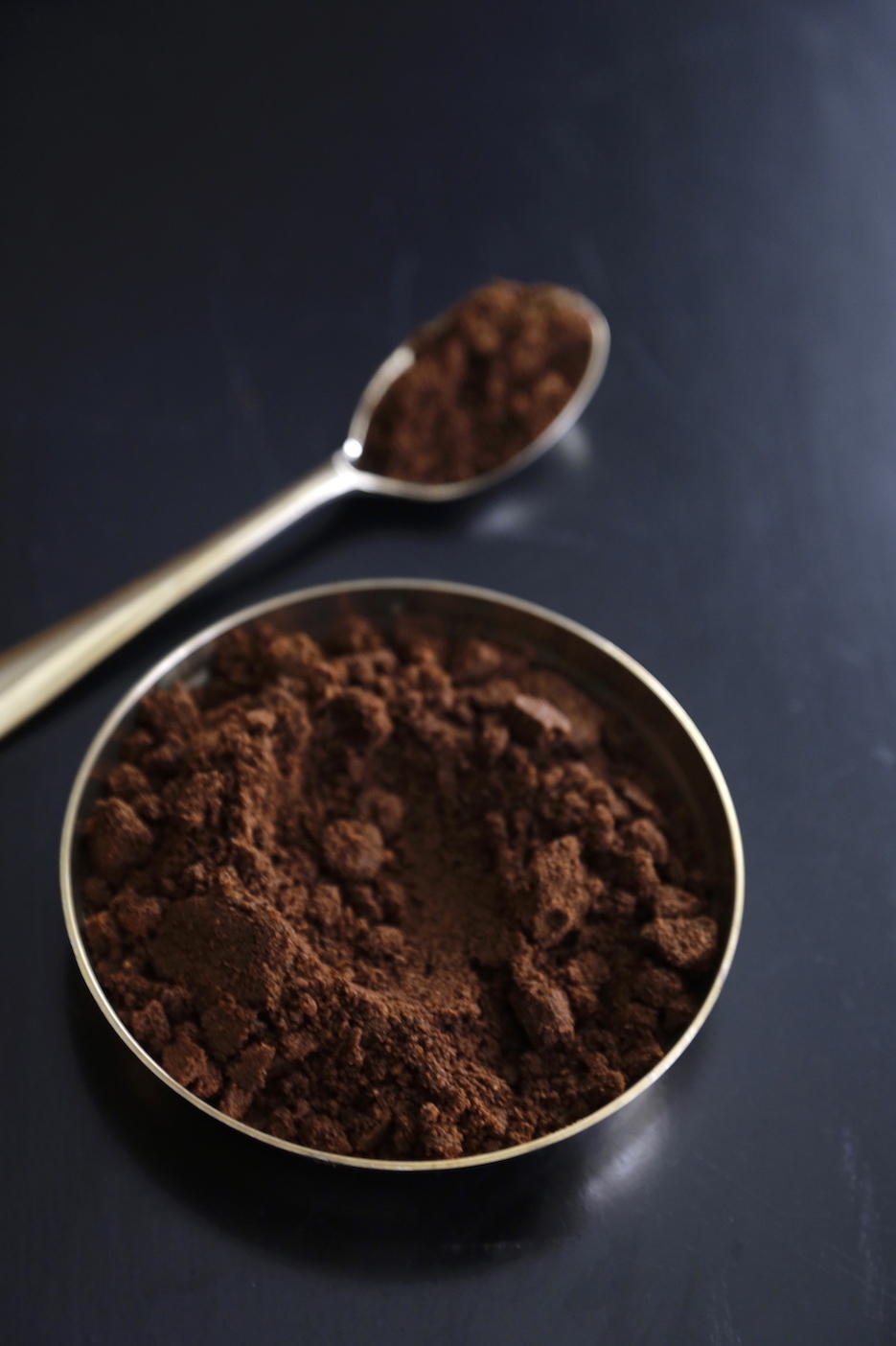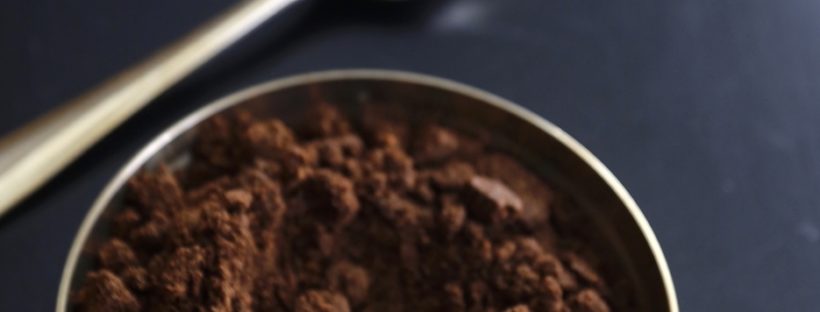
Khandeshi masala is a variant of the Puneri Goda Masala (find recipe here http://www.taradeshpande.in/gode-or-kaala-masala/ and has Mughal influences in that it uses khus-khus, green cardamom and nutmeg. It also contains sunth (dried,powdered ginger) and turmeric. Unlike Goda it doesn’t imply sesame seeds. But all kala masalas have dagadphool and dried lichen flower in common. This ingredient is a must for this recipe.
Khandesh is a central Indian district in Maharashtra and shares a border with Madhya Pradesh. It has a very rich culinary history as it was first ruled by Rajputs, followed by 4 centuries of rule by the Delhi Sultanate and the Mughals. This was followed by Maratha annexation and finally British Rule. Khandesh since has been divided into 3 districts in Maharashtra state. Khandesh’s Khada masala is another famous spice mix also known as Maharashtra’s garam masala.
Khandeshi masala is used to make chicken and mutton curries. It is also used to cook various sautéed vegetables.
Makes 3 cups
WHOLE SPICES AND SEEDS
- 30 gms white Poppy Seeds /Khus Khus
- 10 gms stone flower or Dagad Phool or lichen flower
- 15 gms Cumin Seeds/Jeera
- 150 gms Coriander seeds (stalks and fibers removed)
- 12 Dried Red Bedgi or Kashmiri Chillies, stalks and seeds removed
- 20 gms whole Black Peppercorns
- 15 gms Cinnamon, broken into pieces
- 15 gms whole Cloves
- 1/2 piece of a whole Black Cardamom or Badi Eliachi
- 15 gms Shahi Jeera or black cumin
- 15 gms Fennel Seeds or saunf
- 1 dried bay leaf, Tamal part or Tej Patta (stalk removed)
- 3 gms Mace or Javitri
- POWDERED INGREDIENTS
- 15 gms Asafoetida or Hing]
- 50 gms whole Turmeric chopped or use 2 tsp’s powdered turmeric
- 1/4 piece of 1 Nutmeg or Jaiphal, powdered
- 15 gms powdered and dried Ginger or Sunth
- 250 gms desiccated coconut (unsweetened)
- FOR COOKING AND SEASONING
- Approx 7-8 teaspoons of vegetable oil
- Salt as desired
process
Step 1
Step 3
Combine all the ingredients in the bowl using a large spoon and return to the cast iron skillet and roast on low heat for 2 minutes. This will evenly distribute the powdered nutmeg, turmeric, asafoetida and ginger and allow the flavours to meld. Keep the heat low so as not to burn the turmeric and dried ginger. Switch off the flame. Stir for another minute so heat dissipates then transfer back to heat proof bowl.
Cool this mixture completely then grind in batches to a smooth fibre less consistency. This process will take 12-15 minutes or longer. Once you have ground all the batches mix them up and grind again to ensure that all ingredients are evenly mixed. You will have a dark brown, clumpy, thick, even sticky masala depending on how much oil was released by the Add salt to taste. Some cooks do not add salt- this way they can add salt to every dish they use this spice mix in separately.

You must be logged in to post a comment.